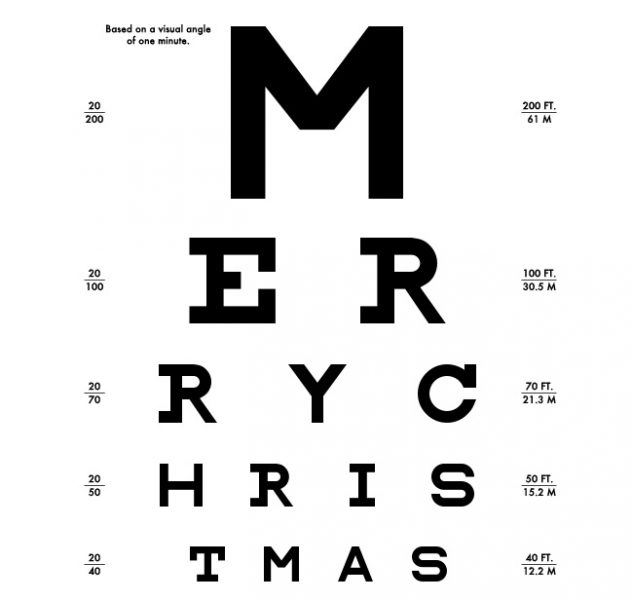
Twinning ?♀️ on this #NationalSiblingDay ??



Schedule an appointment with our ?docs and ask them if Latisse is right for you! #alamoanaeye


View on Instagram https://ift.tt/2VPwhv9

You can tell a lot about a person by the way they handle three things: a rainy day, lost luggage and tangled Christmas tree lights. — Maya Angelou
 Merry Christmas! Our office will be closed for the Christmas holiday on December 24, & 25 . to allow us to spend time with our families! We wish all of you the best of the Holiday Season and New Year.
Merry Christmas! Our office will be closed for the Christmas holiday on December 24, & 25 . to allow us to spend time with our families! We wish all of you the best of the Holiday Season and New Year.
If fine print keeps getting fuzzier, you may have presbyopia, a common condition that can be corrected with bifocal lenses. These ‘lined’ lenses let you focus on both near and distant objects, but there is no “in between” viewing area. Plus, everybody stares at those lines across your eyeglasses because bifocals are for “old people” and you are not old!

The invention of bifocals is credited to Benjamin Franklin in the late 1700’s – that is some old technology! Now, progressive lenses feature an intermediate or ‘transition region’ that allows your eyes to focus in the area in between near and far distances. Progressives, or “no-line bifocals,” have a gradual curvature across the lens surface and provide not only clearer vision at near and far distances, but also smooth, comfortable transitions in between.

Today you can find factory molded progressive lenses at many major retailers and even on the Internet. These old-school progressive lenses are made for average prescription powers, standard fitting parameters, and limited frame sizes. Fortunately, all progressive lenses are not created equal!
HOYA has taken a research-oriented approach to progressive lens development. Rather than relying on traditional lens fabrication techniques, they have revolutionized progressive lens design technology, enabling practices like ours to offer more precise vision correction to each and every patient.
In addition they have developed a line of customized progressive lenses, made possible by HOYALUX iD technology. This new technique analyzes and then simulates the way your eyes see. Then using their patented Integrated Double Surface design process (IDS) your new lenses are shaped exclusively for the way you view the world. It’s the first technology to shape your lens design on both the front and back surface, which results in more comfortable transitions between near and far distances, noticeably wider viewing zones, and the virtual elimination of blurring and swaying sensations in your peripheral vision.
Think about it this way – old technology only utilizes one side of the lens to help you see. HOYA puts both sides of the lens to good use so you can see even better – two sides are better than one!t for you.